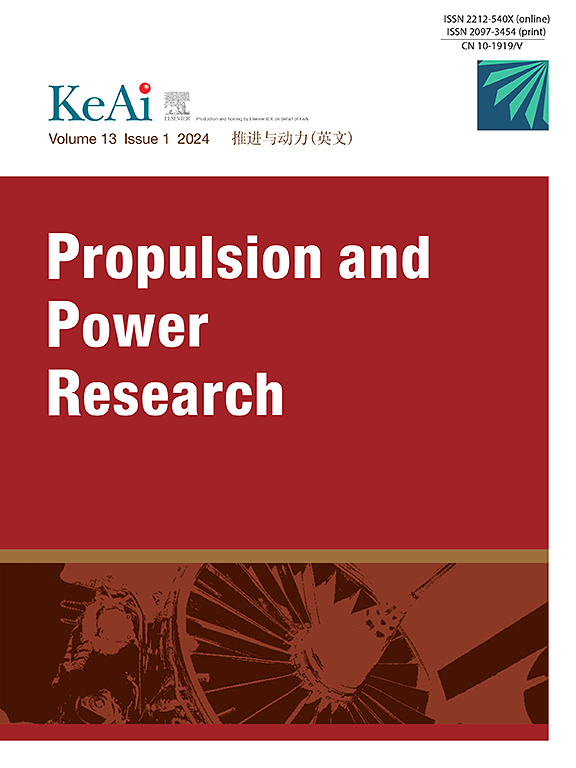A survey and analysis of multiphase electric propulsion motors and associated controllers for driving underwater platforms
IF 5.4
2区 工程技术
Q1 ENGINEERING, AEROSPACE
引用次数: 0
Abstract
Propulsion motors are essential for driving underwater platforms, which are designed to explore and exploit marine resources, primarily materials located within oceans and other bodies of water. Historically, humans have used artificial underwater structures such as ships, oil rigs, boats, submarines, robots, and autonomous vehicles to harness marine resources, encompassing commercial and military applications. Whether static or dynamic, these underwater platforms rely on different propulsion systems for manoeuvrability, including nuclear power, diesel engines, fuel cell/air independent propulsion (AIP) and electrically driven motors. These propulsion systems create thrust, using propeller or water jet mechanisms to move inside waterbodies. This study traces the evolution of underwater propulsion motors in deep-sea applications from their inception to the current state-of-the-art advancements. It provides a detailed overview of existing underwater motor and controller technologies used for underwater platforms, emphasising their capabilities and limitations while highlighting potential areas for innovation in the design of multiphase motors. This paper critically evaluates the current electric propulsion motors used in underwater platforms. Furthermore, the paper identifies gaps in existing technologies for multiphase electric motors designed for deep-sea application, which are more than a hundred meters deep with power requirements exceeding 200 kW with the motor mounted externally, directly exposed to the high pressures of the deep-sea environment, setting the stage for future research and development opportunities that can lead to improved exploration of oceans and their resources.
水下平台驱动用多相电力推进电机及相关控制器的研究与分析
推进发动机对于驱动水下平台是必不可少的,水下平台被设计用于勘探和开发海洋资源,主要是位于海洋和其他水体中的材料。从历史上看,人类已经使用人工水下结构,如船舶、石油钻井平台、船只、潜艇、机器人和自动驾驶汽车来利用海洋资源,包括商业和军事应用。无论是静态还是动态,这些水下平台依靠不同的推进系统来实现机动性,包括核动力、柴油发动机、燃料电池/不依赖空气推进(AIP)和电动马达。这些推进系统产生推力,利用螺旋桨或水射流机制在水体内移动。本研究追溯了水下推进马达在深海应用中的演变,从最初的发展到目前的最新进展。它详细概述了用于水下平台的现有水下电机和控制器技术,强调了它们的能力和局限性,同时强调了多相电机设计的潜在创新领域。本文对目前用于水下平台的电力推进电机进行了批判性评价。此外,该论文还指出了为深海应用而设计的多相电动机现有技术的差距,这些电动机的功率要求超过200千瓦,电动机安装在外部,直接暴露在深海环境的高压中,为未来的研究和开发机会奠定了基础,可以改善海洋及其资源的勘探。
本文章由计算机程序翻译,如有差异,请以英文原文为准。
求助全文
约1分钟内获得全文
求助全文
来源期刊

Propulsion and Power Research
Multiple-
CiteScore
7.50
自引率
5.70%
发文量
30
期刊介绍:
Propulsion and Power Research is a peer reviewed scientific journal in English established in 2012. The Journals publishes high quality original research articles and general reviews in fundamental research aspects of aeronautics/astronautics propulsion and power engineering, including, but not limited to, system, fluid mechanics, heat transfer, combustion, vibration and acoustics, solid mechanics and dynamics, control and so on. The journal serves as a platform for academic exchange by experts, scholars and researchers in these fields.
 求助内容:
求助内容: 应助结果提醒方式:
应助结果提醒方式:


